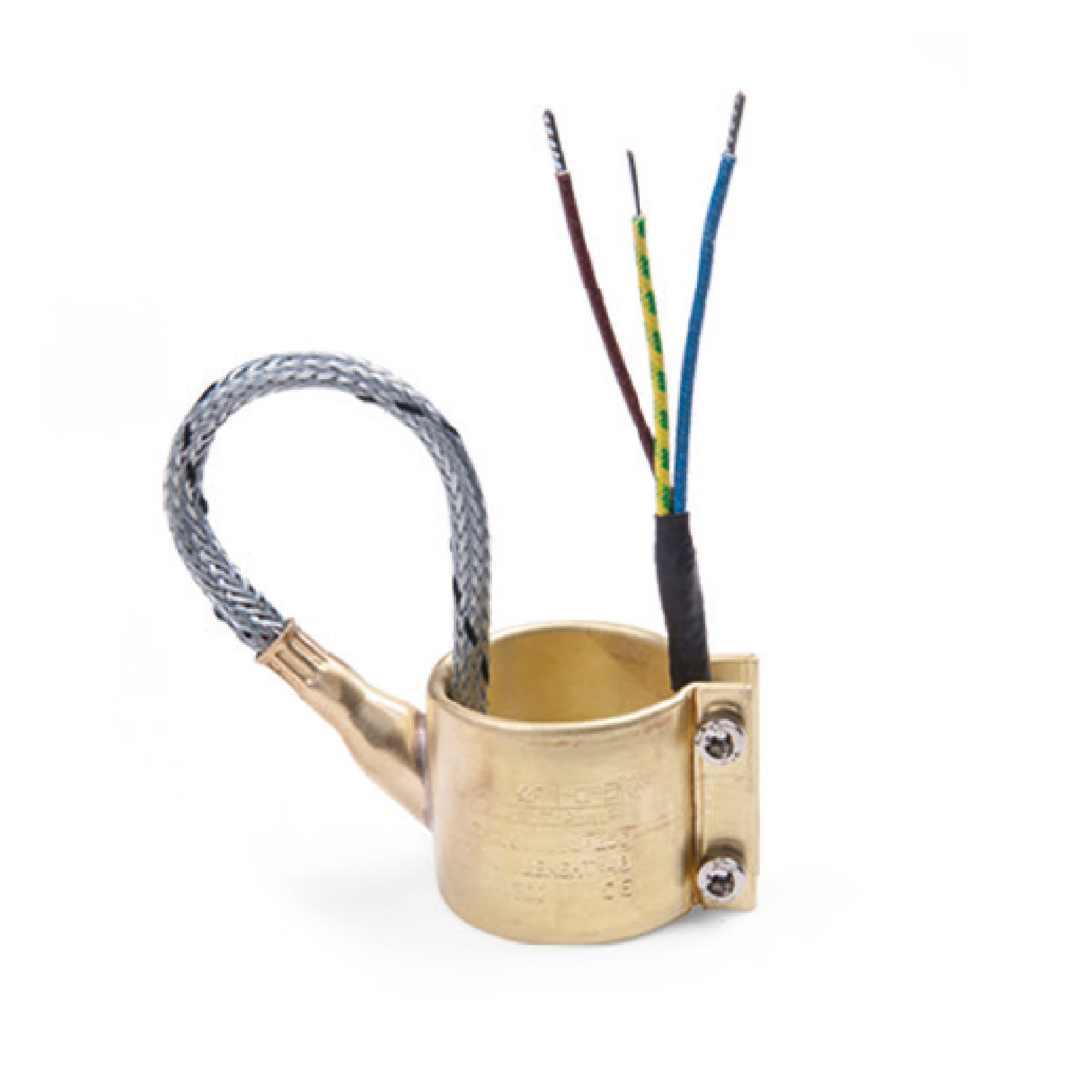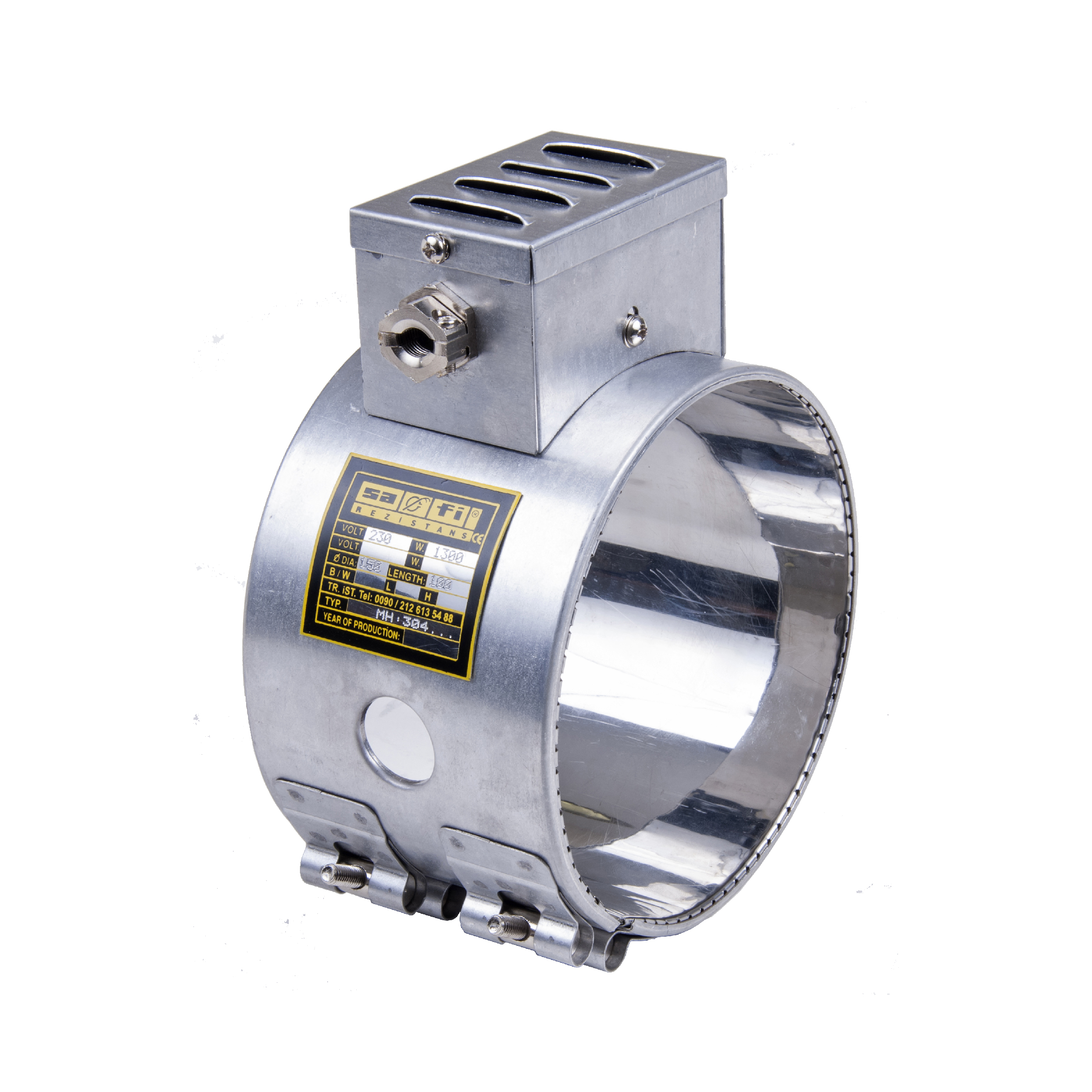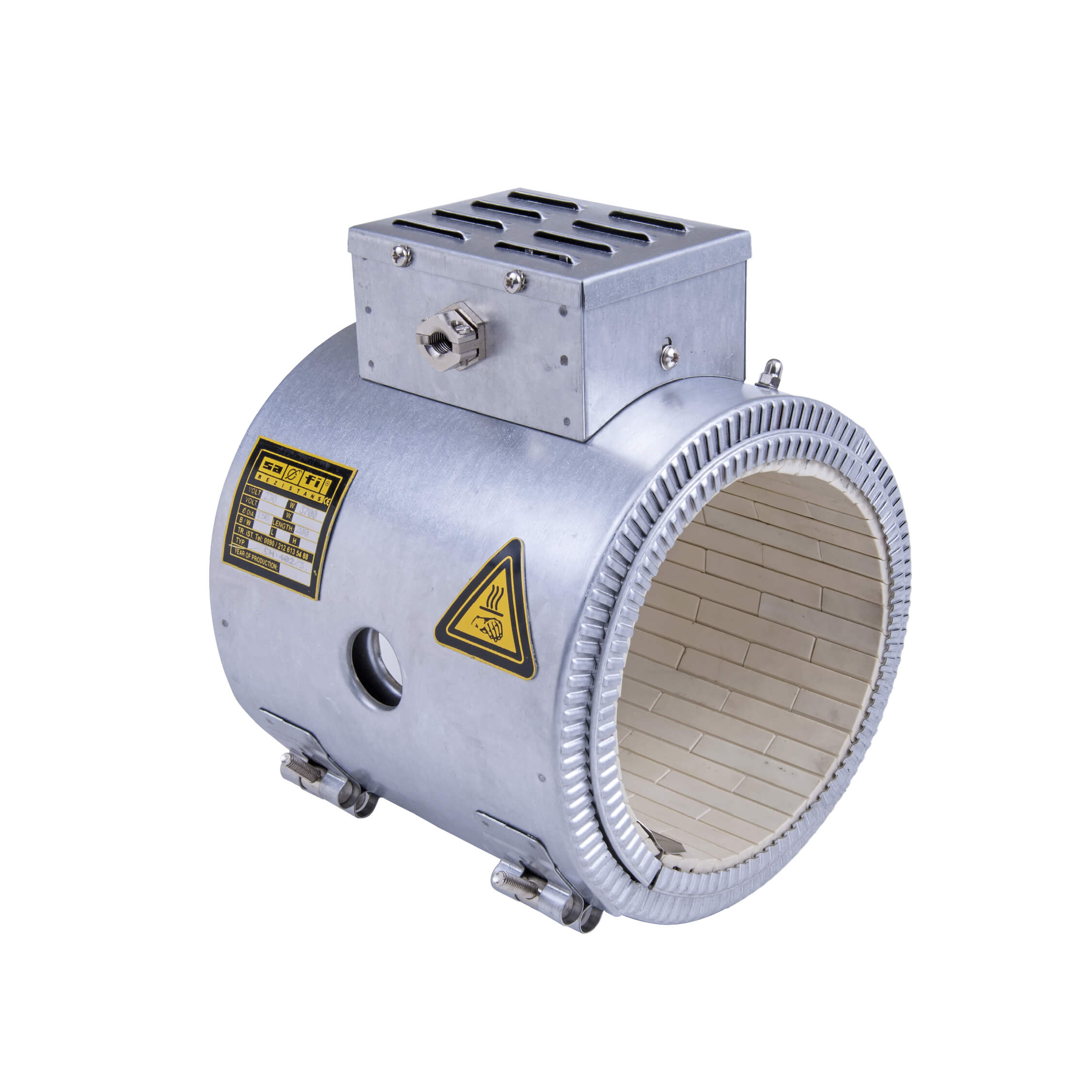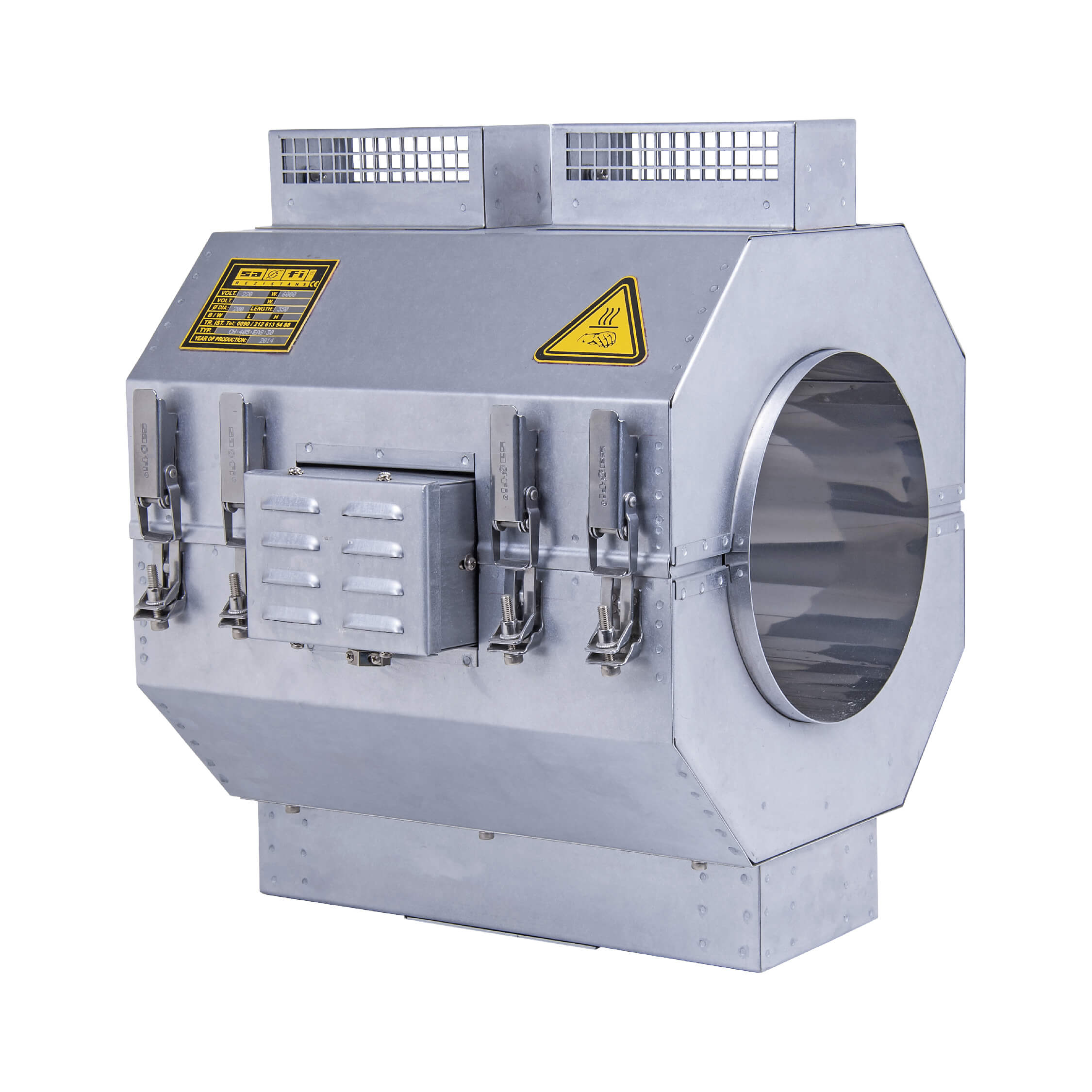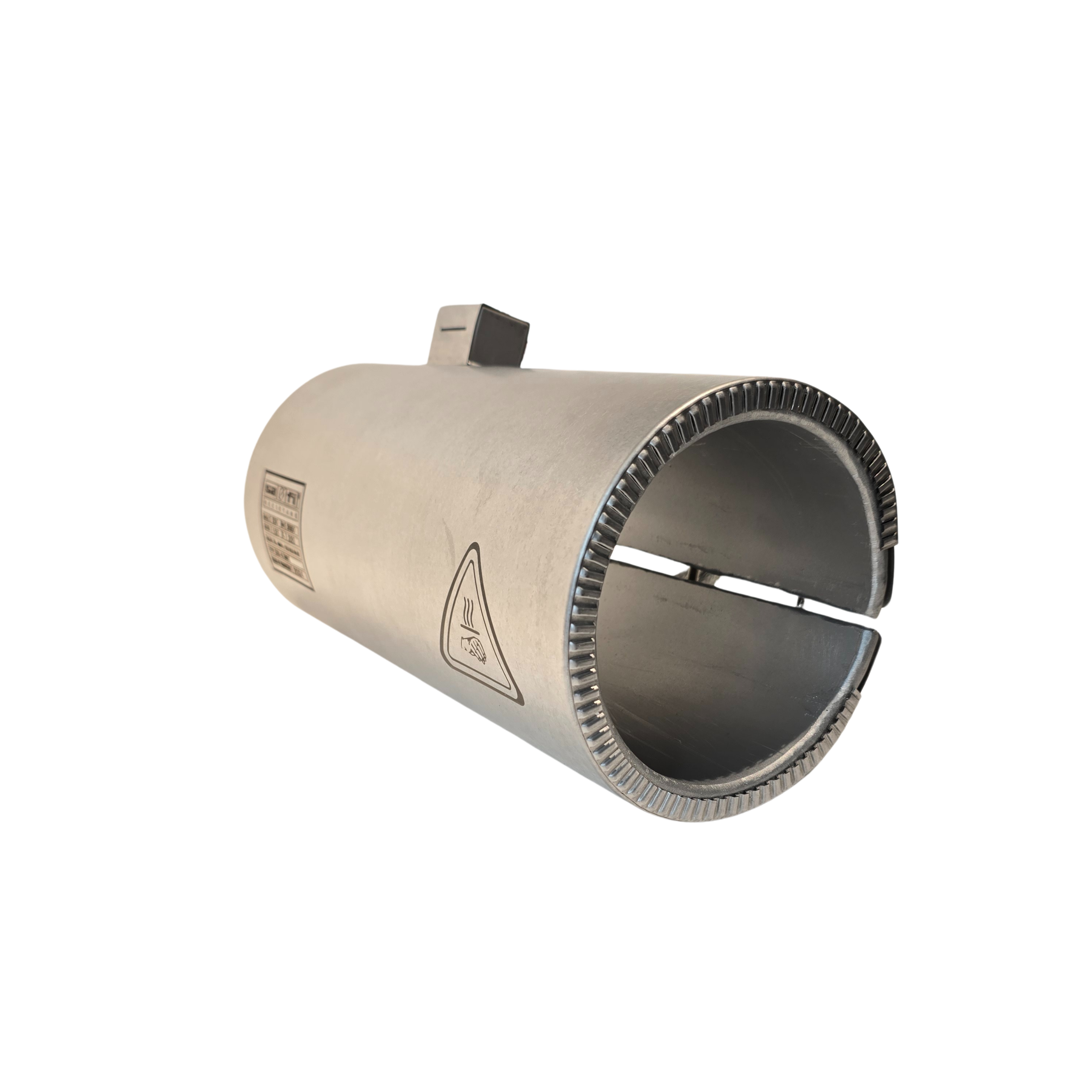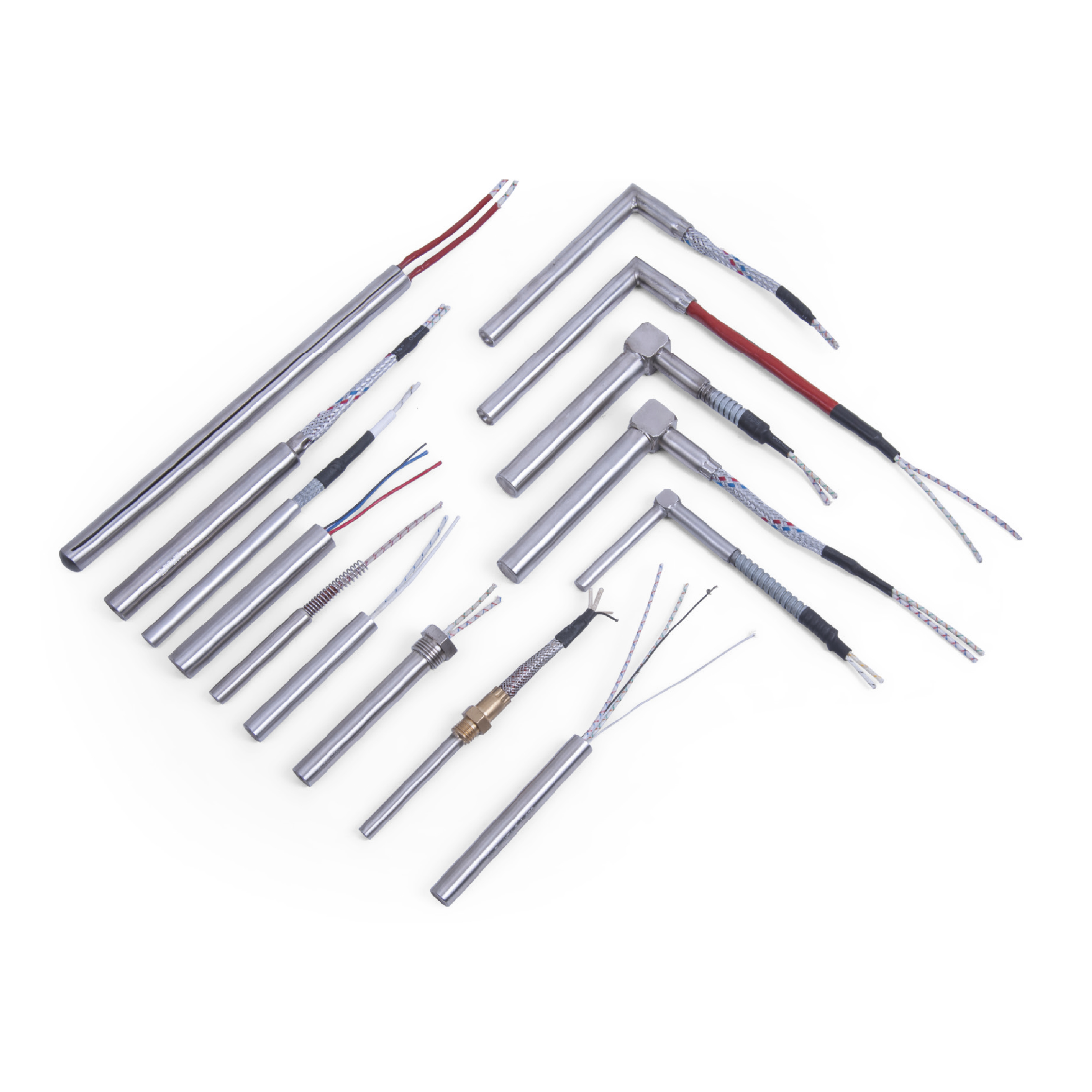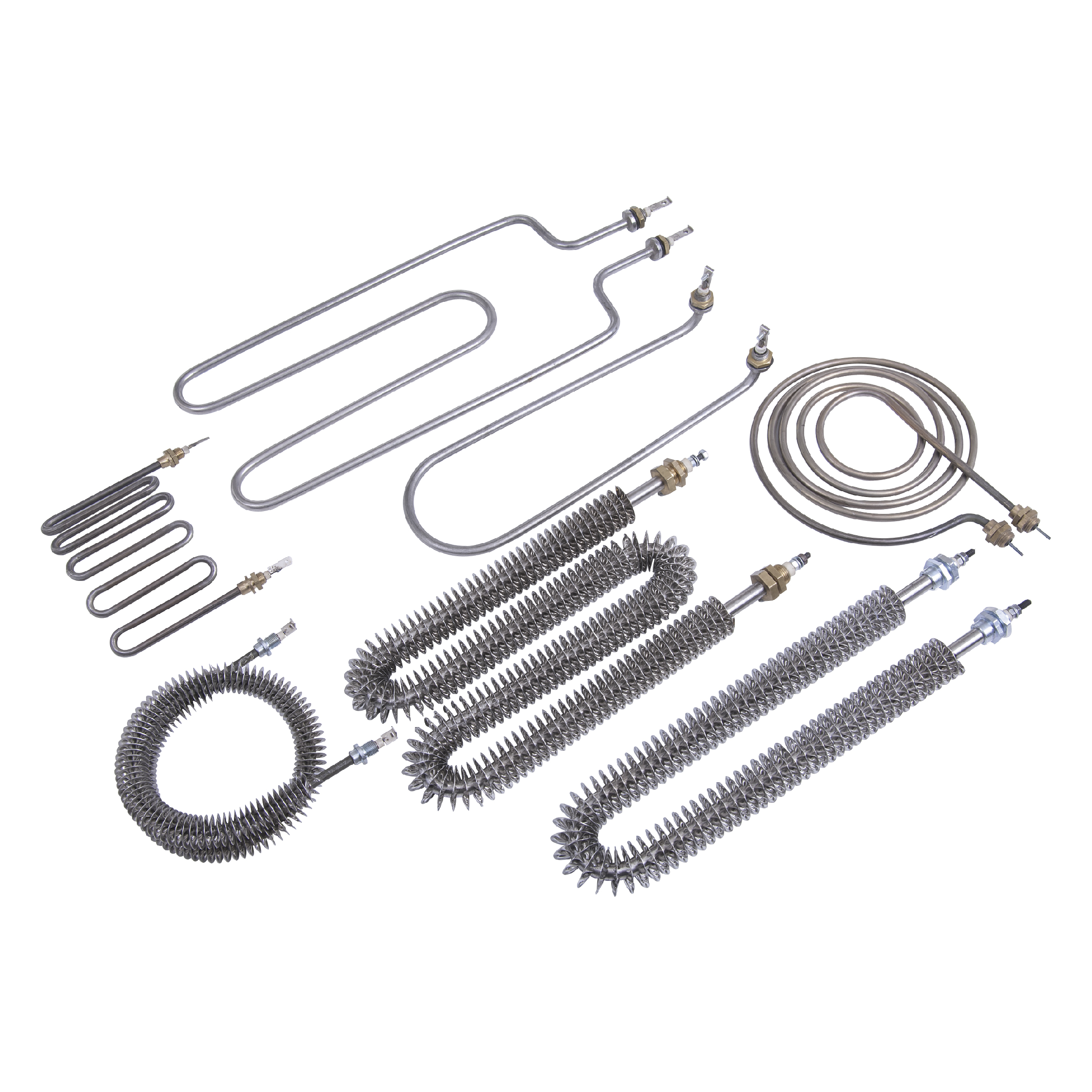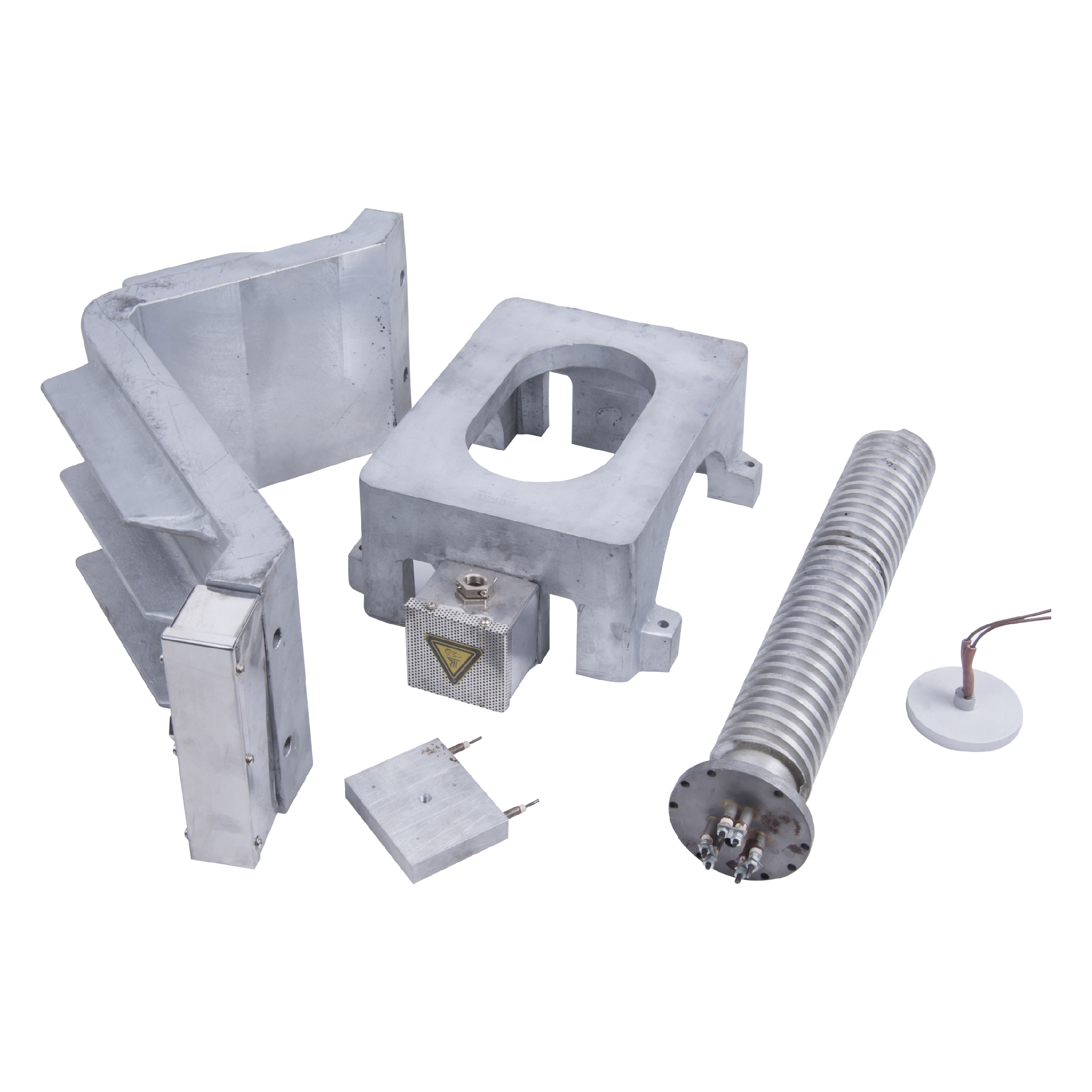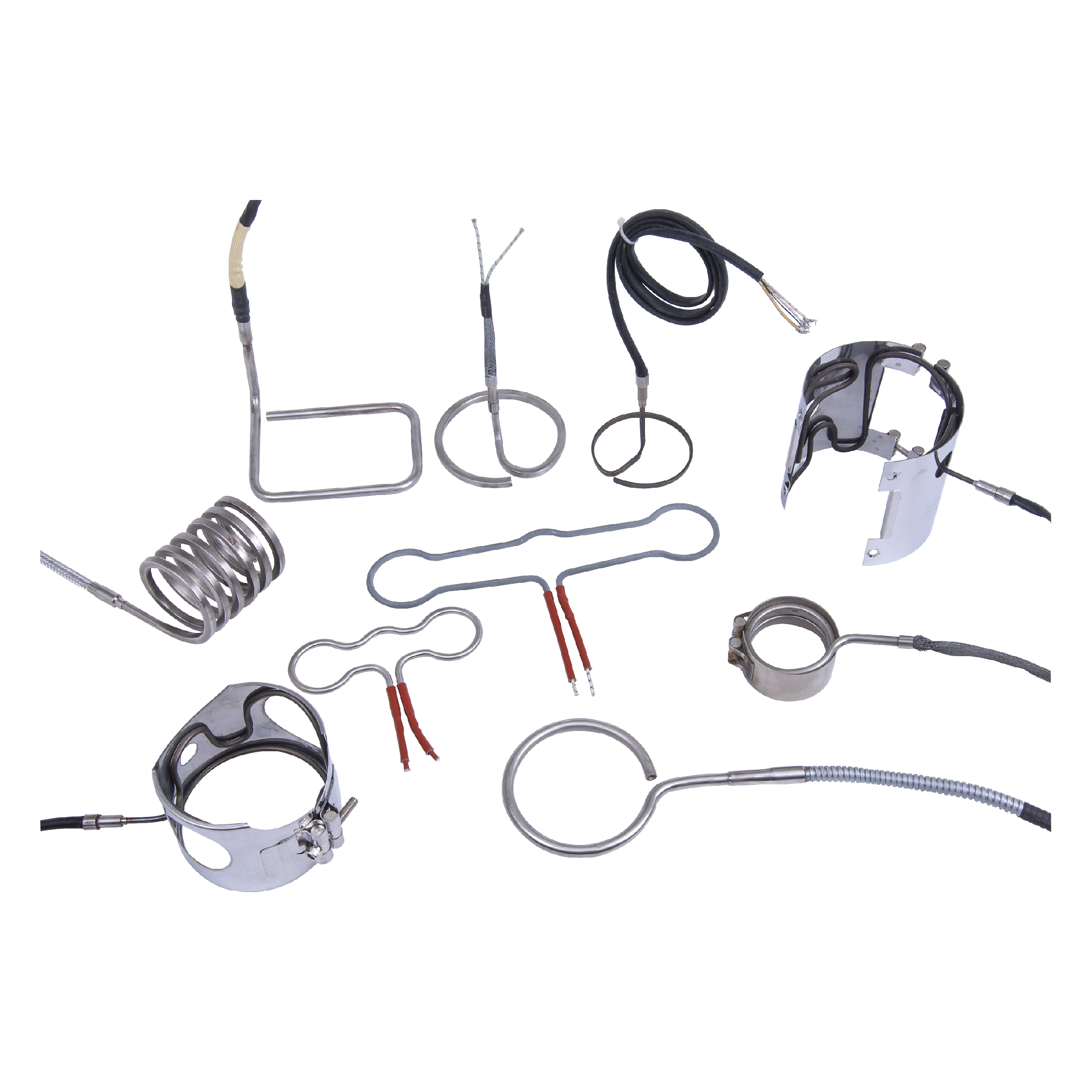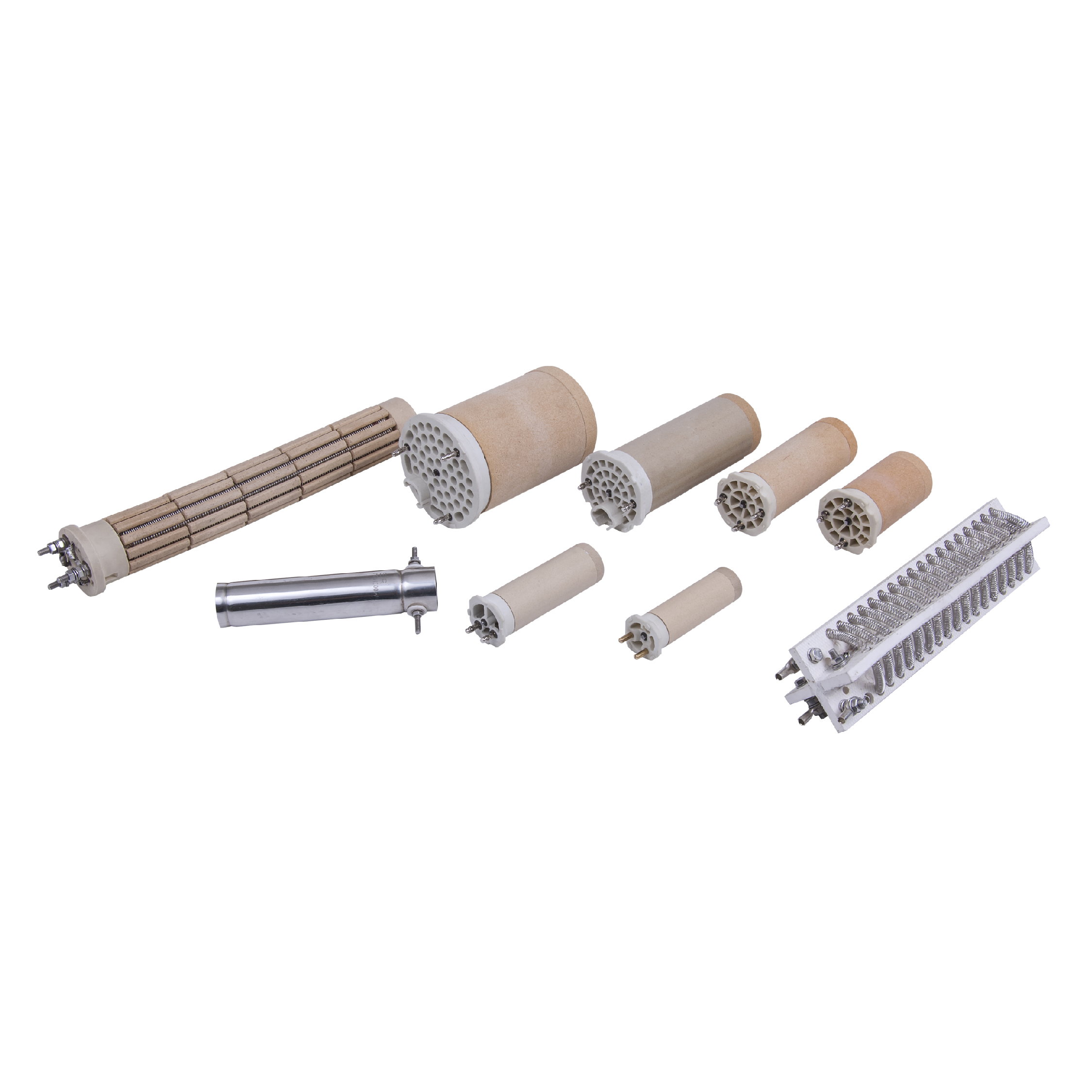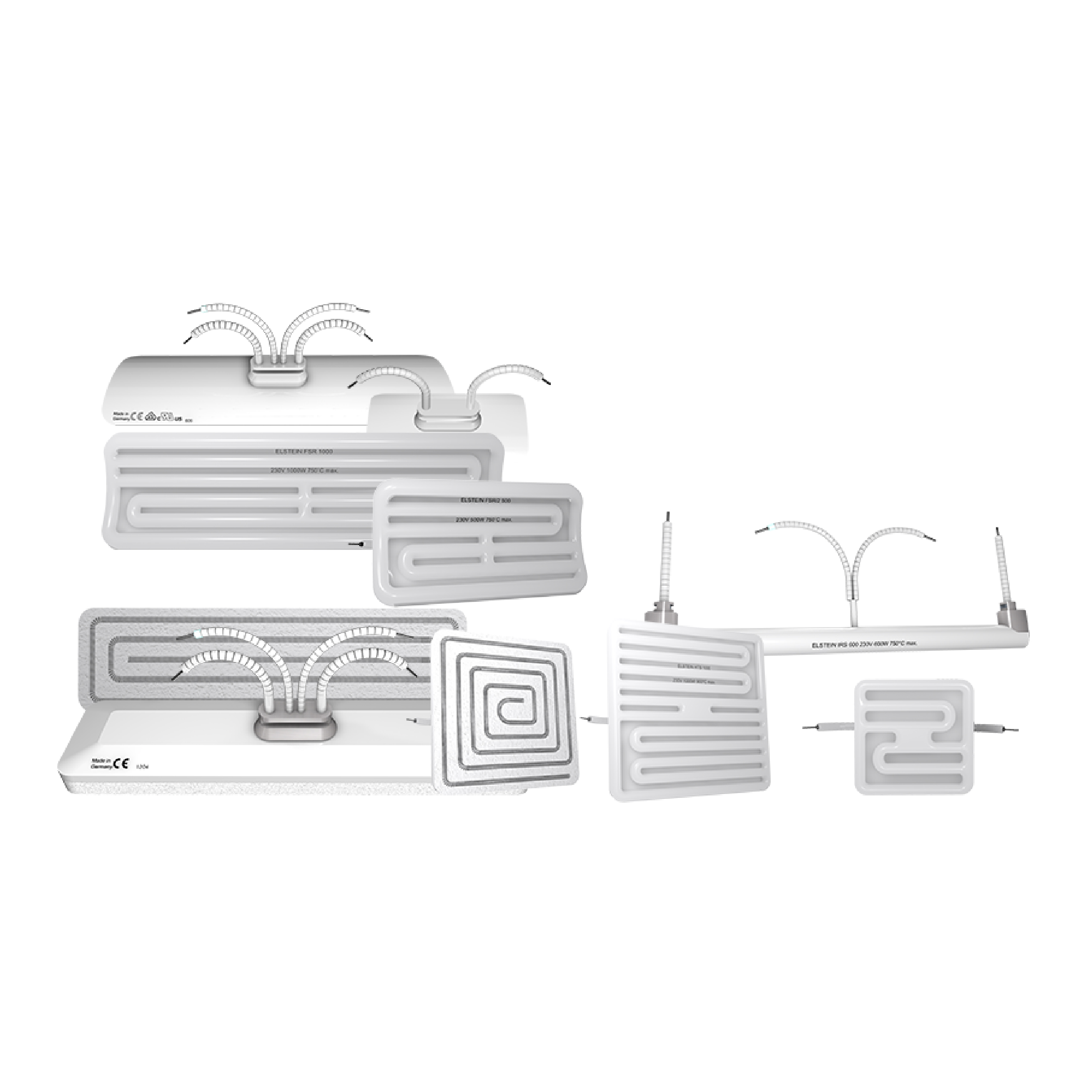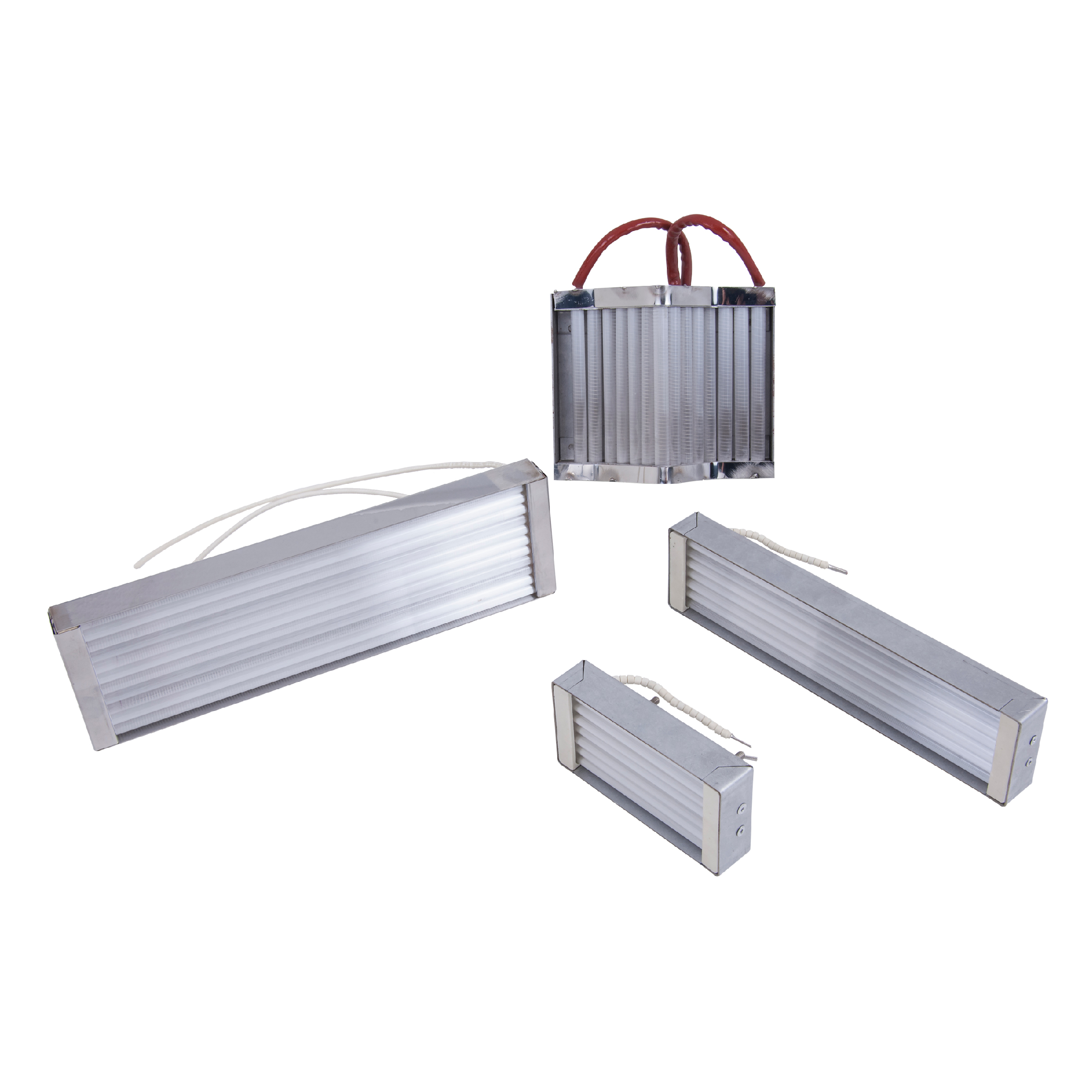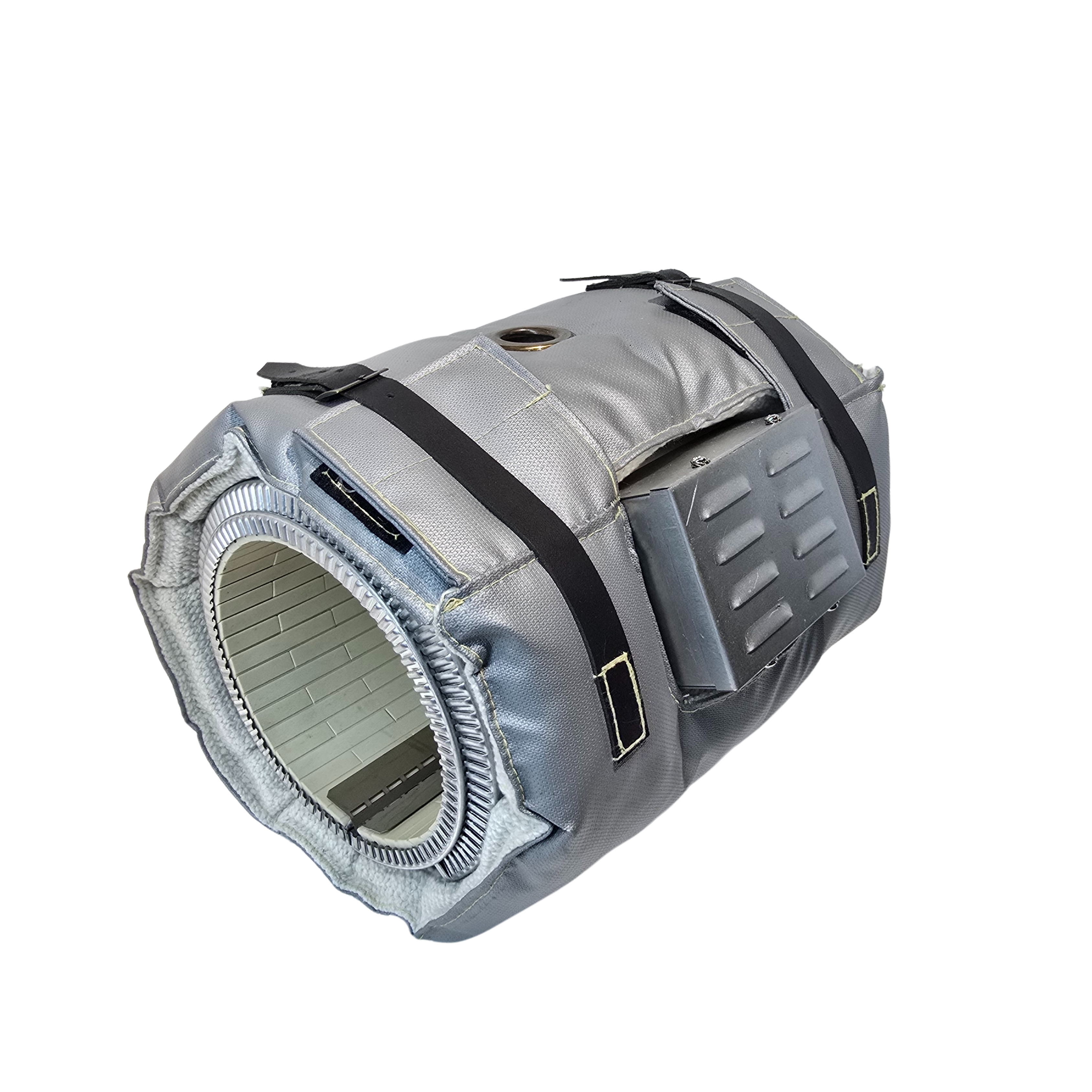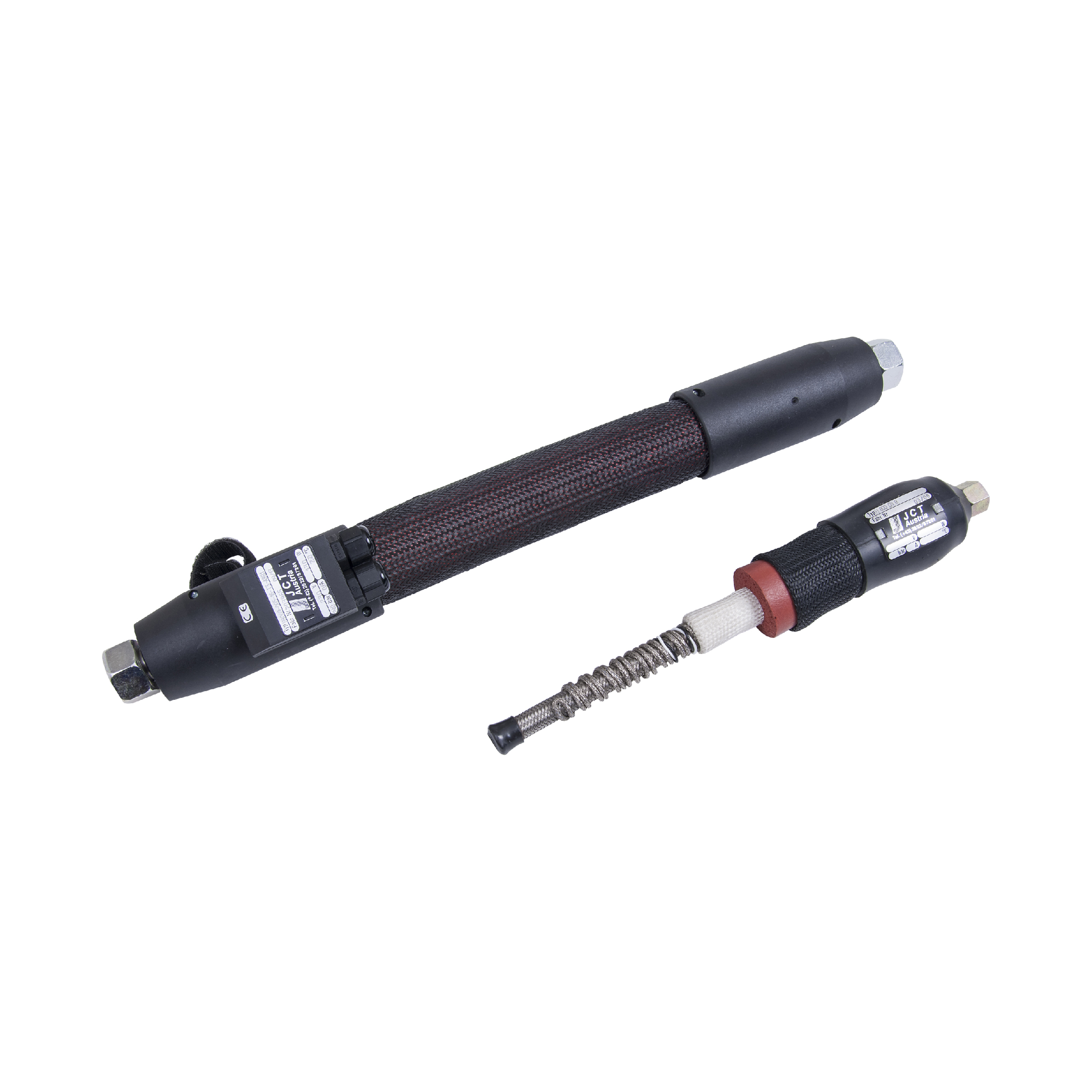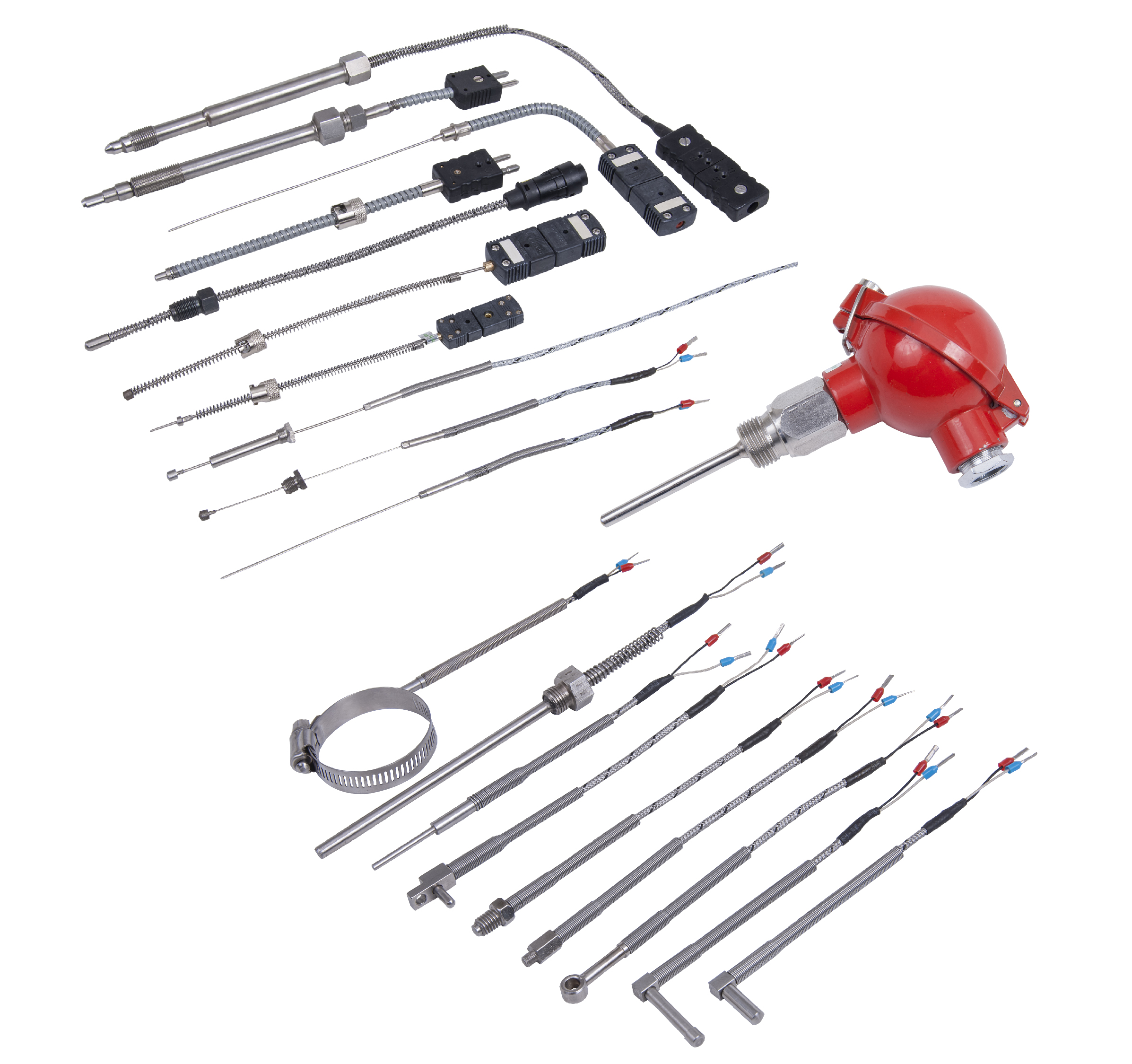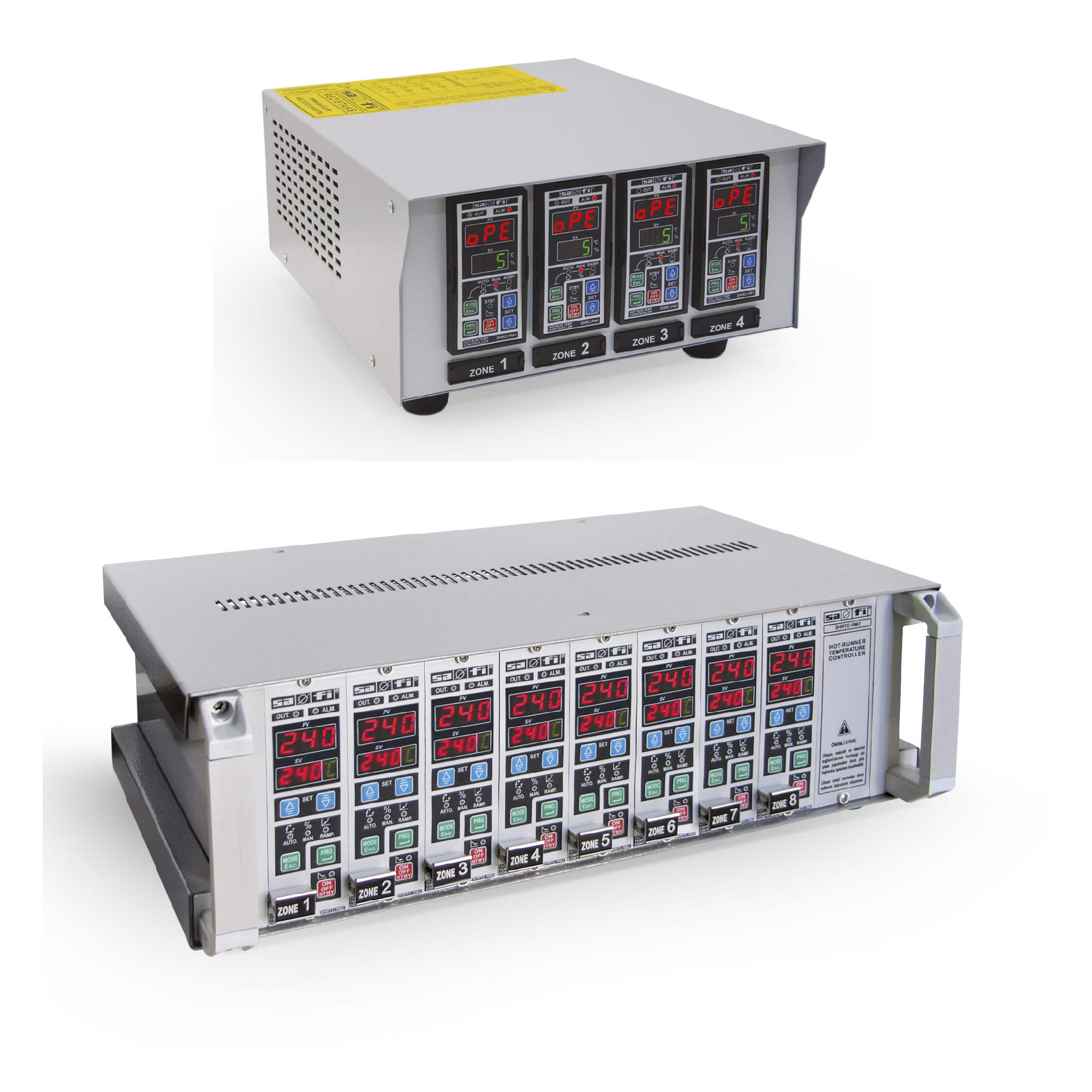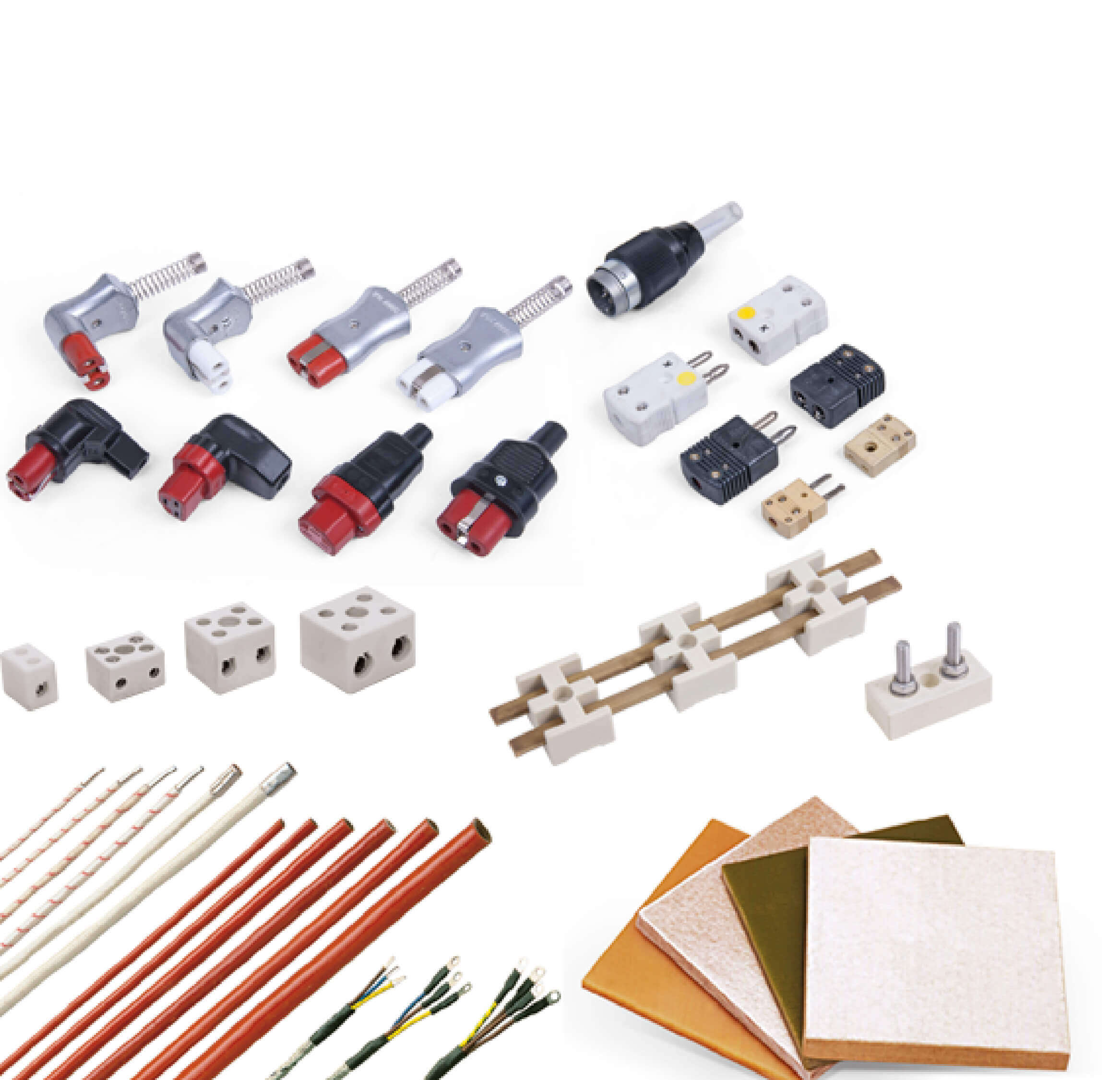Energy Efficiency in Plastic Injection with Hot Runner Heaters
Plastic injection molding is one of the essential processes in modern manufacturing. Precise temperature control within the mold plays a crucial role in product quality. This is where hot runner heaters step in—offering significant advantages in both energy efficiency and production consistency.
What Is a Hot Runner System?
In injection molding, a hot runner system keeps the plastic melt at the desired temperature from the nozzle to the cavity. At the heart of this system are specially designed hot runner heaters that ensure uninterrupted flow without material solidification.
Why Use Hot Runner Heaters?
Traditional cold runner systems result in material waste and require regrinding. In contrast, hot runner systems maintain a constant flow temperature, offering benefits such as:
- Zero material waste
- Faster cycle times
- Lower energy consumption
- Improved product consistency
Technical Features of Hot Runner Heaters
These heaters are usually cartridge-type and made from stainless steel, designed to endure high operating temperatures. Integrated with thermostats or temperature controllers, they reduce fluctuations.
Key Technical Specs:
- Operating temp: 200–450°C
- Power: 100W–1000W
- Voltage: Commonly 220V
- Compact design, efficient heat transfer
- Easy to install and replace
How Do They Save Energy?
- No need for re-melting or reheating material.
- Maintains stable temperature to avoid power spikes.
- Reduces maintenance frequency and downtime.
Industries That Benefit
- Automotive spare parts
- Home appliance plastics
- Electronics enclosures
- Medical injection molding
- Packaging and cap production
Tips for Choosing the Right Heater
- Match heater power and dimensions with your mold specs.
- Ensure compatibility with thermocouples.
- Choose appropriate mounting style.
- Verify integration with temperature control units.
Hot runner heaters are not just heating elements—they’re key components for sustainable and efficient plastic injection production. With proper selection and integration, you can reduce energy costs and maintain consistent product quality in every cycle.

